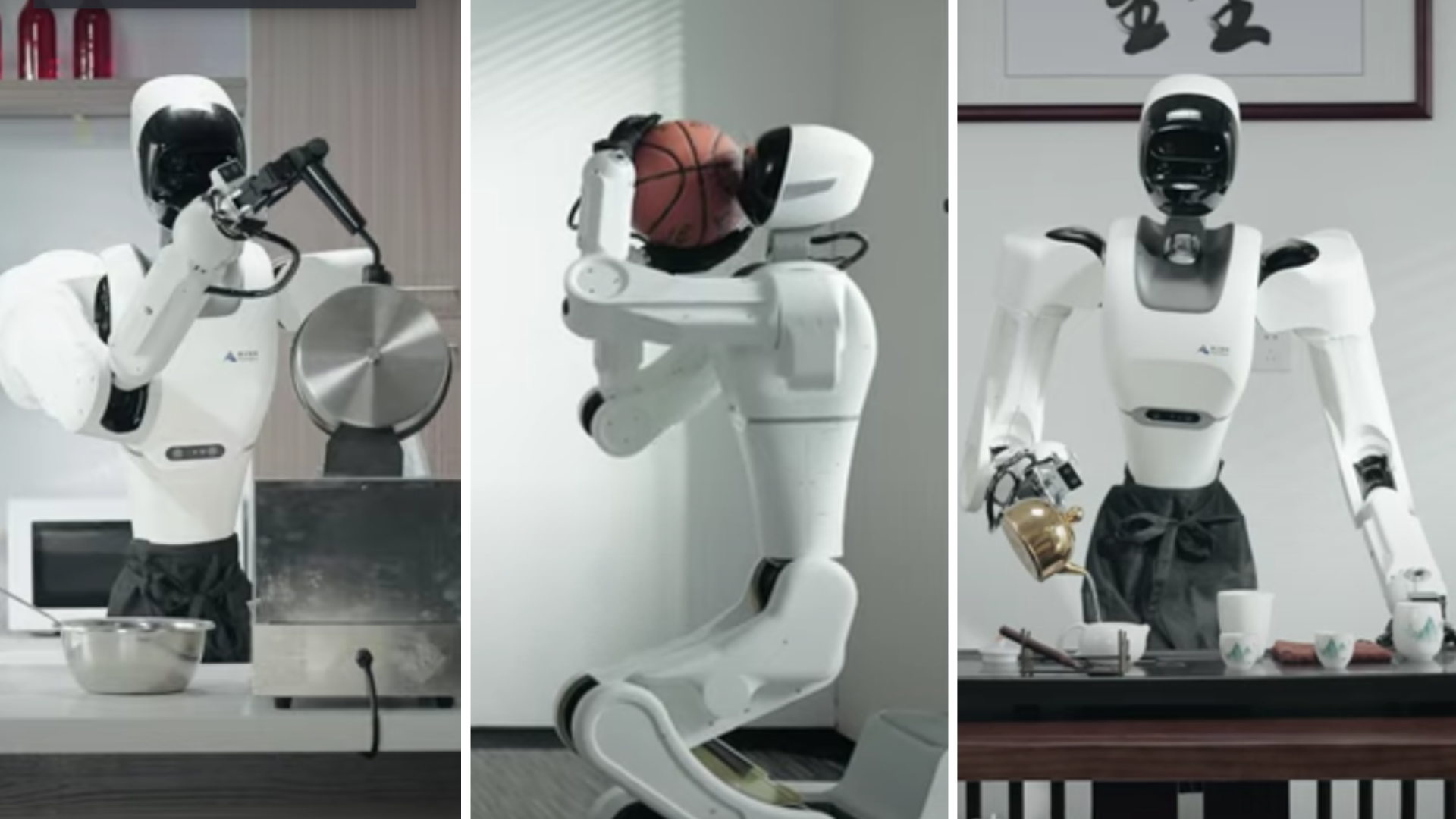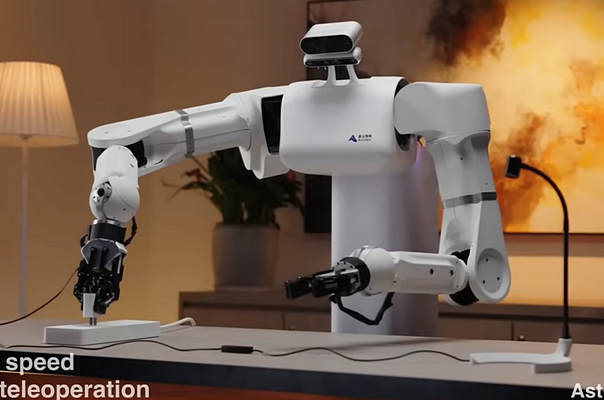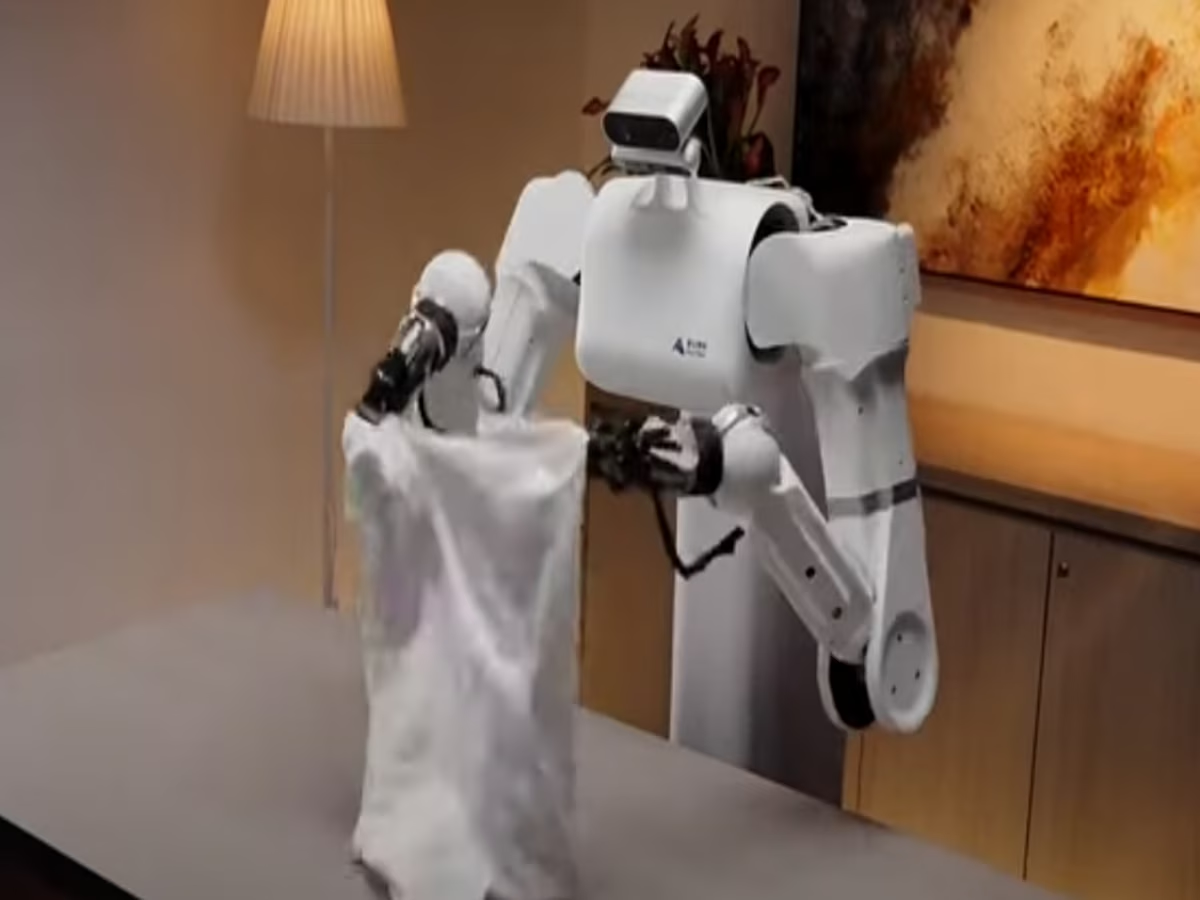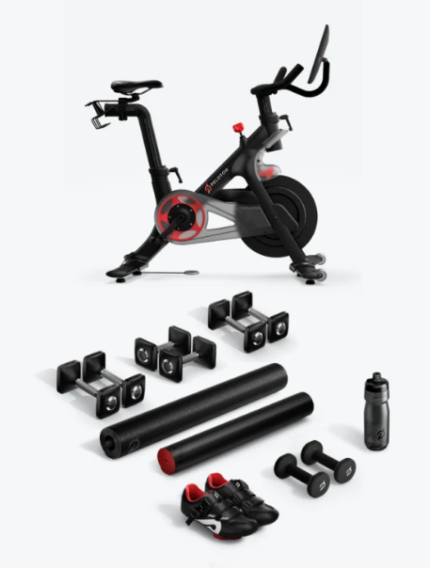Description
Stardust S1: A Glimpse into the Future of Humanoid Robotics?
The world of robotics is constantly evolving, pushing the boundaries of what’s possible in artificial intelligence and machine interaction. Among the latest contenders vying for attention is the Stardust S1, a humanoid robot promising a versatile range of applications and a glimpse into the future of human-robot collaboration.
While details remain somewhat limited, the Stardust S1 appears to be designed with adaptability in mind. Early glimpses and information suggest a robot capable of performing a variety of tasks, potentially bridging the gap between research and practical implementation. Let’s delve into what we know about this intriguing new player in the robotics arena.
What Makes Stardust S1 Stand Out?
While concrete specifications are still emerging, the buzz around the Stardust S1 centers on several key aspects:
- Humanoid Form Factor: Adopting a human-like shape allows the robot to navigate and interact with environments and tools designed for human use. This opens up possibilities for deployment in existing infrastructures, minimizing the need for costly modifications.
- Potential Applications: Early discussions suggest the Stardust S1 could be utilized in a wide array of industries. From assisting in manufacturing and logistics to providing support in healthcare and elderly care, the robot’s potential versatility is a major talking point.
- Emphasis on Collaboration: The Stardust S1 seems to be positioned as a collaborative robot, or “cobot,” designed to work alongside humans rather than replace them entirely. This focus on cooperation could lead to more efficient and safer work environments.
- Advanced AI Integration: The level of AI integration within the Stardust S1 is likely crucial to its success. Advanced algorithms for navigation, object recognition, and task execution are essential for the robot to operate autonomously and effectively.
Potential Use Cases:
The humanoid design and reported focus on adaptability suggest a versatile robot capable of tackling various tasks. Here are a few potential use cases for the Stardust S1:
- Manufacturing and Logistics: Assisting with assembly line tasks, inventory management, and package delivery.
- Healthcare: Providing assistance to medical staff, delivering medications, and monitoring patients.
- Hospitality: Greeting guests, providing information, and assisting with basic tasks in hotels and restaurants.
- Elderly Care: Providing companionship, assisting with daily tasks, and monitoring the well-being of elderly individuals.
- Research and Development: Serving as a platform for researchers to explore new algorithms, sensors, and control systems in robotics.
Challenges and Considerations:
Despite its potential, the Stardust S1, like all humanoid robots, faces significant challenges:
- Cost: Developing and manufacturing sophisticated humanoid robots is inherently expensive. The cost-effectiveness of the Stardust S1 will be a crucial factor in its adoption.
- Power Efficiency: Humanoid robots require substantial power to operate. Improving battery life and energy efficiency is essential for practical deployment.
- Robustness and Reliability: Ensuring the robot can operate reliably in real-world environments, handling unexpected obstacles and variations in tasks, is a significant challenge.
- Ethical Considerations: As robots become more capable and autonomous, ethical considerations surrounding their use, such as privacy and job displacement, become increasingly important.
The Road Ahead:
The Stardust S1 represents a promising step towards more versatile and collaborative robots. However, its success hinges on overcoming the significant technical and economic challenges inherent in humanoid robotics. As more information becomes available, it will be crucial to assess the robot’s capabilities, cost-effectiveness, and ethical implications.
Whether the Stardust S1 becomes a transformative technology or remains a fascinating concept, it serves as a reminder of the rapid advancements in robotics and the potential for human-robot collaboration to reshape industries and improve lives. The future of robotics is undoubtedly bright, and the Stardust S1 offers a tantalizing glimpse of what that future might hold.













